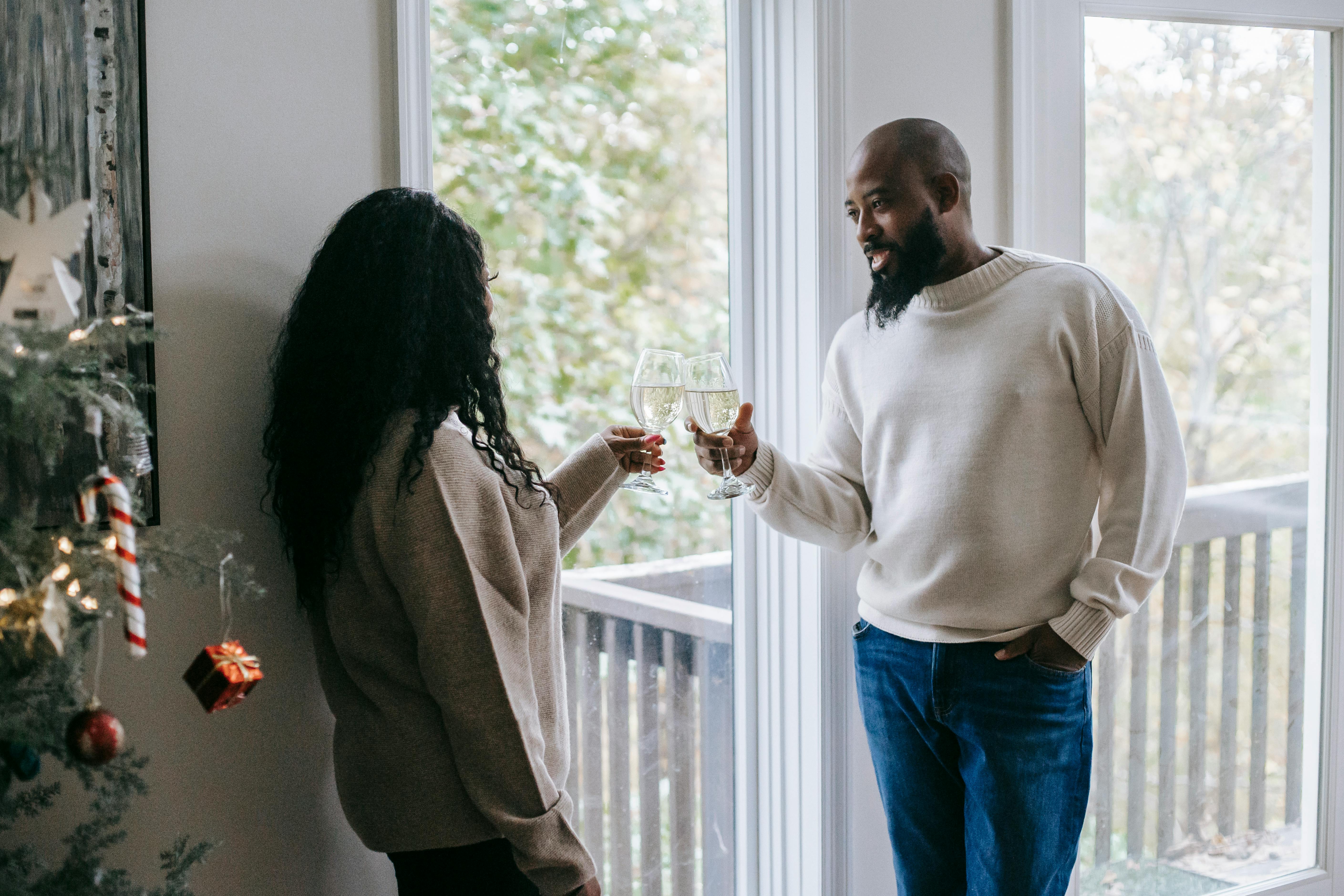When potty training a new puppy, look for an indication that he is trying to tell you that he has to go potty. Includes sniffing the ground and circling. Some older pups might be trying to hold back, so they’ll whine, or even go to the door! Look at them closely. Here are some other tips for potty training a puppy.
Tip one: As soon as you bring your new puppy home, take him outside. The thrill of the car ride coupled with the unfamiliar faces, sights, smells and sounds will make him need to go pretty fast and if you can “catch” him right off the start and make the first urine external. I will be ahead of the game.
Tip two: Let him sniff the grass in the area you’d like to designate as the potty area. Don’t pet or play with him yet – this is an area of ”business” and you want your pup to recognize that fact early on. As soon as he begins to relieve himself, say the “potty phrase” that you want your puppy to associate with going to the bathroom. Just the phrase, ie: “going to the bathroom” or “doing business” or my father-in-law’s favourite, “doing one’s duty”. Make your phrase something you’ll remember and keep your tone of voice consistent. Make sure all family members know this phrase too; especially if you’re not going to be the only one to take it out. After you’ve “done his duty,” take him inside for lots of love and a treat.
Tip three: Crate training is generally the most accepted method of potty training a puppy. When you can’t actively supervise him, he needs to be in his cage. Crate training is based on the fact that dogs really don’t like to dirty their sleeping area. As long as you don’t leave it in there too long, your pup will put up with it when he’s in his crate. It’s important to remember to have a crate that isn’t too big, or your pup will use one end as a potty! To make it as cost-effective as possible, buy a crate that will accommodate your puppy as an adult, and for now, put up a barrier so he can only access 1/3 – ½ of the crate.
The puppy should be in the crate at all times unless it is outside relieving itself, eating or playing with it and is actively supervised. Make his cage comfortable with some old blankets on the floor and some chew toys.
Tip four: Your puppy should be taken outside for potty training first thing in the morning, about 15 to 20 minutes after each meal, and then just before bedtime.
Crate training takes 1-2 months depending on the breed of your puppy. Be patient and don’t stop crate training too soon. At first, your puppy may not be very happy with his crate, but you’ll have to persevere and not let the whining and crying get you down. Soon, your pup will see the crate as a place to relax and get away from it all – his own special place!
